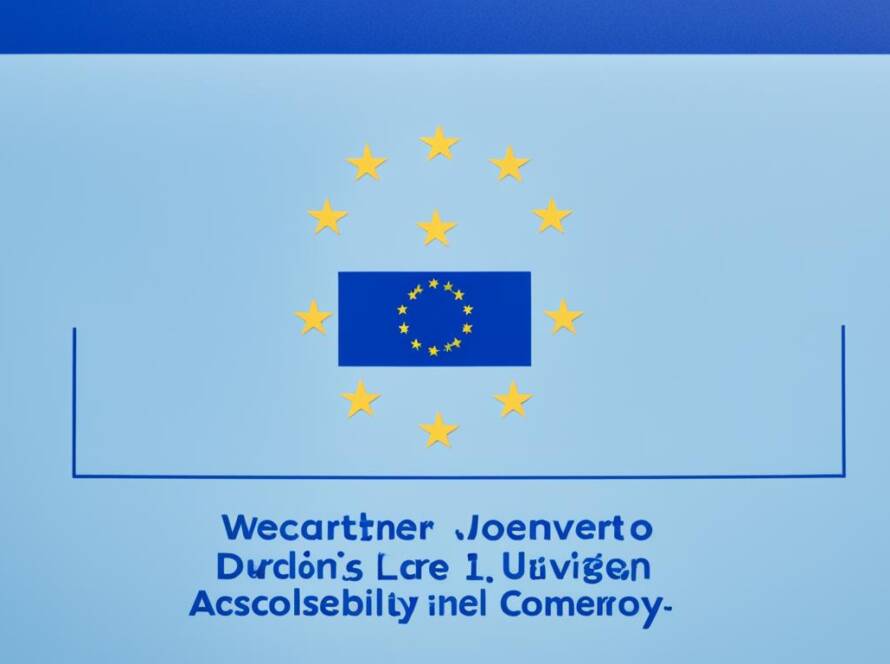As generative artificial intelligence (GenAI) continues to transform industries, innovative companies across Europe are faced with the challenge of navigating a complex regulatory landscape. The European Union (EU) is at the forefront of developing governance frameworks that ensure AI technologies are used responsibly, while also fostering innovation. For companies operating in multiple industries, understanding and complying with these regulations is crucial for success. This article explores the best strategies for navigating GenAI governance in Europe, enabling companies to innovate while staying compliant.
1. Understand the Regulatory Landscape: The AI Act and Beyond
The first step for any company looking to navigate GenAI governance in Europe is to gain a thorough understanding of the regulatory landscape. The cornerstone of AI regulation in Europe is the proposed Artificial Intelligence Act (AI Act), which classifies AI systems based on their risk levels and imposes varying levels of compliance obligations accordingly.
Actionable Steps:
Identify Risk Levels: Determine the risk category your GenAI application falls into—whether it’s a minimal risk, limited risk, high risk, or unacceptable risk. High-risk systems, which could include AI used in healthcare, finance, or public infrastructure, will face the most stringent regulations.
Stay Informed: Keep up-to-date with the latest developments in the AI Act and other relevant regulations, such as the General Data Protection Regulation (GDPR) and the Digital Services Act (DSA). This will help you anticipate changes and adjust your strategies accordingly.
2. Implement Robust Compliance Frameworks
Once you have a clear understanding of the regulatory requirements, the next step is to implement a robust compliance framework within your organization. This framework should be designed to meet the specific requirements of GenAI governance, including transparency, data protection, and ethical AI use.
Actionable Steps:
Create a Compliance Team: Establish a dedicated compliance team or designate compliance officers who are well-versed in European AI regulations. This team should be responsible for monitoring regulatory changes, conducting internal audits, and ensuring all AI systems meet legal requirements.
Develop Transparent Practices: Ensure that your GenAI systems are transparent, meaning that users are aware when they are interacting with AI-generated content. Document the data sources and algorithms used, and be prepared to explain the decision-making processes of your AI models.
Conduct Regular Audits: Implement regular audits of your AI systems to assess compliance with European regulations. This includes reviewing data usage, ensuring proper anonymization techniques are applied, and verifying that AI outputs are free from bias.
3. Foster Collaboration Between Legal, Technical, and Ethical Teams
Navigating GenAI governance requires collaboration across multiple departments, including legal, technical, and ethical teams. This interdisciplinary approach ensures that your company not only complies with regulations but also adheres to ethical standards that align with European values.
Actionable Steps:
Integrate Legal and Technical Expertise: Facilitate regular communication between your legal and technical teams to ensure that compliance considerations are integrated into the AI development process. This collaboration can help prevent legal issues from arising during deployment.
Ethical AI Committees: Establish an ethical AI committee or advisory board to oversee the development and deployment of GenAI systems. This committee should include experts in AI ethics, human rights, and data protection to provide guidance on ethical dilemmas and ensure that your AI systems align with societal values.
4. Leverage Regulatory Sandboxes for Innovation
Regulatory sandboxes offer a unique opportunity for companies to innovate while ensuring compliance with European regulations. These controlled environments allow businesses to test GenAI technologies under the supervision of regulators, enabling them to explore new ideas without the immediate risk of non-compliance.
Actionable Steps:
Participate in Sandboxes: Engage with regulatory sandboxes offered by European authorities. These sandboxes provide a safe space to experiment with GenAI applications, receive feedback from regulators, and refine your technology before full-scale deployment.
Use Feedback for Improvement: Utilize the feedback from sandbox participation to enhance your GenAI systems. This iterative process can help you develop AI technologies that are both innovative and compliant with European regulations.
5. Invest in Continuous Learning and Upskilling
The field of AI governance is rapidly evolving, and staying ahead requires continuous learning and upskilling. Companies should invest in training programs for their employees, ensuring that they are knowledgeable about the latest regulations, ethical standards, and technological advancements in GenAI.
Actionable Steps:
Offer Training Programs: Provide regular training sessions on AI governance, data protection, and ethical AI use. This will help your employees stay informed about regulatory requirements and best practices.
Encourage Certifications: Encourage employees to pursue certifications in AI governance, such as those offered by professional organizations or academic institutions. These certifications can enhance their expertise and contribute to your company’s overall compliance efforts.
6. Engage in Public Policy Discussions and Industry Partnerships
Active participation in public policy discussions and industry partnerships can give your company a voice in shaping the future of AI governance in Europe. Engaging with policymakers, industry groups, and other stakeholders can also provide valuable insights into regulatory trends and help you anticipate future challenges.
Actionable Steps:
Join Industry Associations: Become a member of industry associations or consortia focused on AI and digital technologies. These organizations often engage in policy advocacy and can provide a platform for your company to contribute to the development of AI regulations.
Participate in Public Consultations: Take part in public consultations and discussions on AI governance organized by the European Commission and other regulatory bodies. This involvement can help you stay informed about regulatory changes and influence policy decisions.
7. Adopt a Proactive Approach to Ethical AI
Beyond regulatory compliance, adopting a proactive approach to ethical AI is crucial for building trust with consumers and stakeholders. European consumers are increasingly concerned about the ethical implications of AI, and companies that prioritize ethics in their AI development are likely to gain a competitive advantage.
Actionable Steps:
Implement Ethical AI Guidelines: Develop and implement ethical AI guidelines within your organization, covering areas such as fairness, transparency, accountability, and respect for human rights. These guidelines should be integrated into every stage of the AI development process.
Engage with Stakeholders: Regularly engage with stakeholders, including customers, employees, and civil society organizations, to understand their concerns and expectations regarding AI ethics. This feedback can inform your ethical AI practices and help you build stronger relationships with your stakeholders.
Conclusion: Balancing Innovation with Compliance
Navigating GenAI governance in Europe is a complex but essential task for innovative companies across industries. By understanding the regulatory landscape, implementing robust compliance frameworks, fostering interdisciplinary collaboration, leveraging regulatory sandboxes, and prioritizing ethical AI, companies can successfully balance innovation with compliance.
As Europe continues to lead the way in AI governance, companies that embrace these strategies will be well-positioned to thrive in the evolving market. By staying proactive and adaptive, you can not only meet regulatory requirements but also drive innovation that aligns with European values and benefits society as a whole.



